Can artists’ books transform the way we think about health, wellbeing and illness?

Since the 1980s, a growing number of book artists have used their craft to share stories about health, wellbeing and illness. These artworks give a voice to those living with disability, chronic illness or cancer, while challenging stigma and discrimination. But can they also help medical professionals to better understand their patients? Featuring multisensory works by contemporary artists, this exhibit explores the vital intersection between art and science. Handle artists’ books, learn about the lives of the makers and craft your own book to take home.
How can artists' books communicate experiences of illness?
Five mindfulness activities that can improve mental health
Dr Stella Bolaki, University of Kent
Research award: BA/Leverhulme Small Research Grant 2016-2017, with funding from the Department for Business, Energy and Industrial Strategy (BEIS).
Co-exhibitors: Artists Egidija Čiricaitė and Darian Goldin Stahl
Artists’ books by: Sophie Adams, Judith Alder, Penny Alexander, Karen Apps, Gunilla Åsberg, Gaby Berglund Cardenas, Lizzie Brewer, Julie Brixey-Williams, Sally Chinea, Egidija Čiricaitė, Allison Cooke Brown, Amanda Couch, Bernard Fairhurst, Elizabeth Fraser, Sue Hague, Martha A. Hall, Andrew Hladky, Deborah Humm, Gemma Lacey, Pauline Lamont-Fisher, Mindy Lee, Andrew Malone, Richard Nash, Anne Parfitt, Corinne Perry, Stevie Ronnie, Mary Rouncefield, Erin K. Schmidt, Alison Stewart, Randi Annie Strand, Noriko Suzuki-Bosco, Ruchika Wason Singh, Amanda Watson-Will.
What can Italian Renaissance art tell us about global trade?
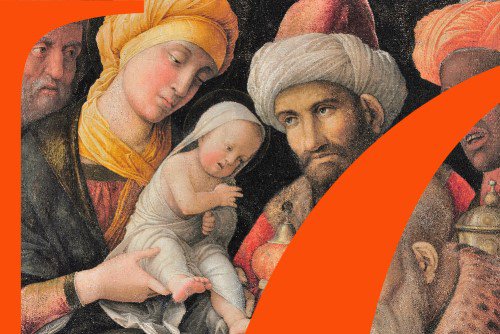
In the Italian Renaissance, the expansion of trade led to objects from around the world making their way into European homes. These objects, which ranged from ceramics and glass to incense burners and metalwork, frequently featured in paintings of the time, including Andrea Mantegna’s Adoration of the Magi. With
a focus on Mantegna’s masterpiece, this exhibit explores the objects found within the painting and asks what they can tell us about diplomacy, trade, collecting and cultural exchange during this period. Find out more about trade routes, immerse yourself in the sounds and smells of the Renaissance and step into the painting yourself to create your own interpretation of this iconic scene.
What gift would you give to a Renaissance prince?
Dr Leah R Clark, The Open University
Research award: BA/Leverhulme Small Research Grant 2015-2016, with funding from the Department for Business, Energy and Industrial Strategy (BEIS).
What is philosophy for?
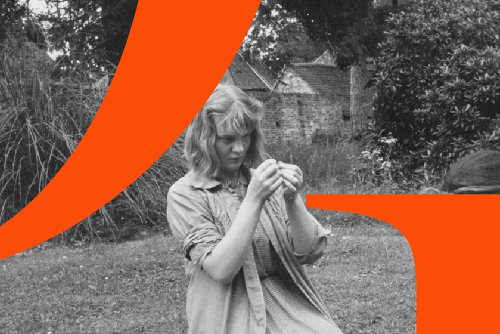
Philosophers G. E. M. Anscombe, Philippa Foot, Mary Midgley, and Iris Murdoch all graduated from the University of Oxford during WWII and went on to achieve great acclaim for their respective philosophical work. This exhibit offers you the chance to learn more about the philosophy and lives of the Wartime Quartet, and to write to Iris Murdoch, a prolific letter writer. Find out more about the work of these four great thinkers, and pose your own philosophical questions on a postcard to be in with a chance of receiving a reply from a living philosopher.
The women who brought philosophy into everyday life
Dr Clare Mac Cumhaill, Durham University
Dr Rachael Wiseman, University of Liverpool
Research award: BA/Leverhulme Small Research Grant 2015-2016.
What does food mean to you?
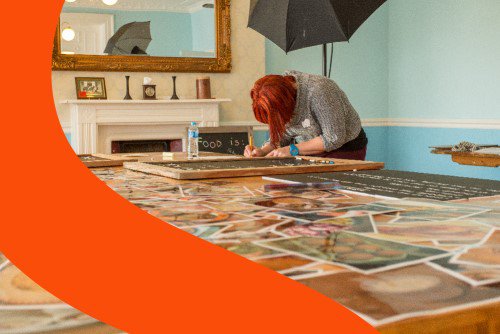
Everybody has a story to tell about food. But can sharing these stories empower the most vulnerable people in society to gain more control over what they eat? Through working with marginalised groups, including people affected by homelessness, this exhibit explores how we can use creative activities to gain an insight into the needs, preferences and experiences of harder to reach audiences. Hear personal stories from project participants, contribute to a dynamic food collage, and share your own thoughts and feelings about food.
How creative food activities can promote self-care
Dr Clare Pettinger, University of Plymouth
Research award: BA/Leverhulme Small Research Grant 2015, with funding from the Department for Business, Energy and Industrial Strategy (BEIS).
How is 3D Printing changing lives?
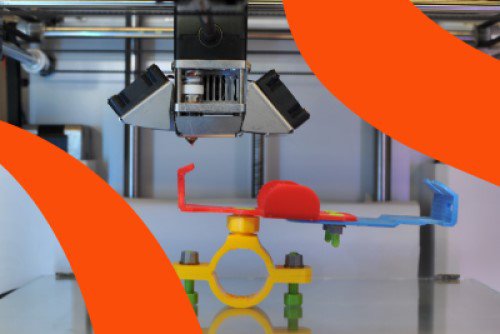
3D printing technologies are constantly evolving, making digital designs a physical reality. As these technologies rapidly become accessible and affordable for all, more and more of us are using them on a personal as well as professional basis. What motivates individuals and companies to interact with this technology? Find out how and why 3D printing is being used by coffee growers, artists, and entrepreneurs and see a printer in action for yourself.
How 3D printing turns imagination into reality
Dr Ahmad Beltagui, Aston Business School
Research award: BA/Leverhulme Small Research Grant 2017-2018, with funding from the Department for Business, Energy and Industrial Strategy (BEIS).
What’s in an accent?
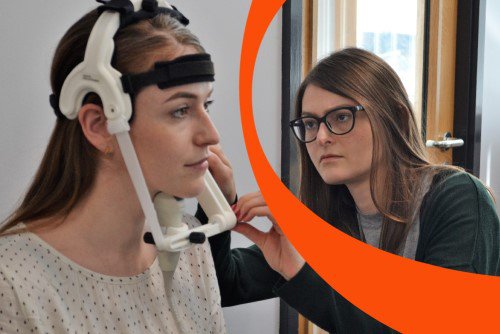
Spoken English has many accents with huge variations found across the UK. We can easily spot an accent different to our own, but it is much more difficult to pin down the exact characteristics of speech that make us do so. How do we physically form words, and can this help us understand how changes in spoken language come about? Using ultrasound imaging techniques, see how your tongue moves when you speak, and give your thoughts on how you think accent and language can change generation to generation.
How ultrasound imaging helps us understand speech and accent variation
Dr Patrycja Strycharczuk, University of Manchester
Research award: British Academy Postdoctoral Fellowship 2013, with funding from the Department for Business, Energy and Industrial Strategy (BEIS).
Why did humans start inventing stone tools?
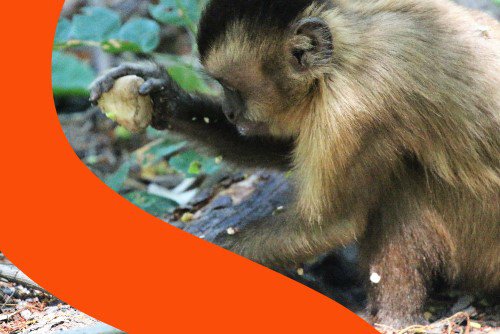
What prompted our ancestors to develop the first stone tools? Why did the types of stone tool we used evolve through time? And how do those early stone tools compare to how monkeys and apes use tools today? At this exhibit, you can learn how primates use stone tools and more about the design principles behind the earliest human-made stone tools. Test your ability to spot the difference between rocks, early tools and primate tools, then measure your muscle activity using different tools, to see for yourself which are the most energy-efficient.
Dr Alastair Key, University of Kent
Research award: British Academy Postdoctoral Fellowship 2016, with funding from the Department for Business, Energy and Industrial Strategy (BEIS).
Dr Tomos Proffitt, University College London
Research award: British Academy Postdoctoral Fellowship 2017, with funding from the Department for Business, Energy and Industrial Strategy (BEIS).
Could the public improve our laws?

At a time when many feel disengaged from parliamentary activities, this exhibit sets out to challenge the idea that people can’t make a difference to the laws of a country. Through case studies, interactives and graphics, you’ll see in clear, practical terms how you can make your voice heard. Learn more about how comments from members of the public can and have shaped contemporary laws and share your thoughts on a new policy draft.
At the end of the showcase, the researchers will share comments collected with interested MPs, keeping the conversation going and proving the importance of public engagement.
How can the public effect real change in Parliament?
Dr Louise Thompson, University of Manchester
Professor Cristina Leston-Bandeira, University of Leeds
Research award: BA/Leverhulme Small Research Grants 2014-15.
Did Londoners have more fun in the past?

In the 1960s, theatre director Joan Littlewood and architect Cedric Price developed a utopian vision for a ‘Fun Palace’ in London. Inspired by the lost Thameside pleasure gardens of centuries past, the Fun Palace was intended as a space where working-class Londoners could participate in the delights of the new age, play with technological gadgets and create their own art. To promote the idea, Littlewood produced a film called Pleasure (1964), featuring Victor Spinetti, Brian Murphy and Barbara Windsor as clowns, and captured the different ways Londoners enjoyed themselves at the time. Watch outtakes from the film and explore a recreation of the exhibition from its launch party, before adding your own thoughts on the possibilities for pleasure in London life today.
Joan Littlewood’s vision for making London life more fun
Dr Luke Dickens, King’s College London
Research award: BA/Leverhulme Small Research Grant 2017.
What contribution have Yorkshire’s female entrepreneurs made to the UK’s economic and social life?
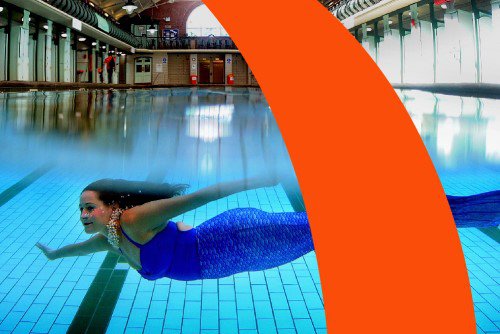
Get to know the stories of women who have started their own businesses in Yorkshire over the past seven decades, working in a huge range of different industries and hailing from diverse backgrounds. Has Yorkshire’s industrial heritage played a part in encouraging these women to set out on their own paths? And how have the journeys of these women changed over time? This exhibit introduces these women in their own words through voice recordings, photographs and samples of the products they’ve created. Listen to their stories, then make your own contribution to the exhibition by adding your design to a quilt that will be created by a Yorkshire artist after the showcase.
Dr Hannah Dean, University of St Andrews
Research award: British Academy Postdoctoral Fellowship 2015, with funding from the Department for Business, Energy and Industrial Strategy (BEIS).
What does indigenous electronic art look like, and how should it be exhibited?
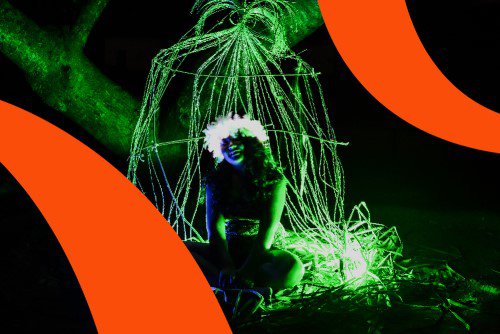
This installation brings together four interactive pieces made by Brazilian indigenous communities, along with a video about the way they were first shown at the Museum of Modern Art in Salvador. Listen to a contact-sensitive fishing net that recreates an ocean soundscape when touched; interact with projections of indigenous body painting motifs; venture inside a cocoon-like structure that illuminates in time with the rhythm of your pulse; talk to an earthenware pot that responds with indigenous songs and stories; and, most importantly, interact with the people who are present to exhibit their work.
Why Brazil’s indigenous communities are creating avant-garde electronic art
Dr Thea Pitman, University of Leeds
Research award: BA/Leverhulme Small Research Grant 2017, with funding from the Department for Business, Energy and Industrial Strategy (BEIS) and the 44th International Congress of Americanists Fund.
What is the relationship between archaeology and the public?
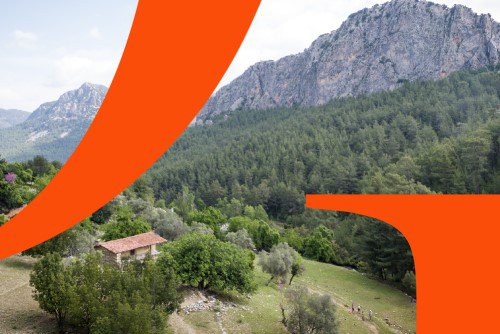
For years, the small villages located along the newly established Pisidia Heritage Trail in Turkey have witnessed a steady drain of young people leaving the area to seek employment in cities. Yet they live in a spectacularly beautiful natural area, dotted with ruins dating back to the Greek and Roman times. Heritage specialists are working with local communities to generate socio-economic benefits from archaeological heritage. Using VR headsets, bring the splendour of the ancient remains back to life and watch short films from the region introducing the community’s plans for the area.
Why safeguarding archaeological heritage needs to start with local communities
The British Institute at Ankara (BIAA) is looking at the same questions on a national level within ‘Safeguarding Archaeological Assets of Turkey’, a project funded by the Cultural Protection Fund.
Dr Lutgarde Vandeput, British Institute at Ankara (BIAA)
Research award: British Academy Sustainable Development Programme 2016, supported by the UK’s Global Challenges Research Fund, with funding from the Department for Business, Energy and Industrial Strategy (BEIS).
Dr Işılay Gürsu, British Institute at Ankara (BIAA)
Research awards: BIAA Cultural Heritage Management Postdoctoral Fellowship, with funding from the Headley Trust; Cultural Protection Fund Large Grant Award, Safeguarding Archaeological Assets of Turkey, with funding from DCMS in collaboration with the British Council.
How can art help refugee women tell their stories?
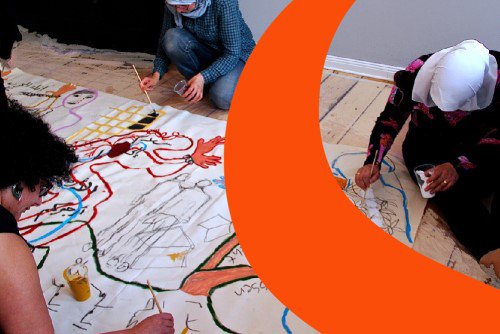
Refugee women from Syria and Iraq who have settled in new countries still face challenges in their everyday lives. In this project, women now living in the UK, Germany and Jordan narrate the life- changing events of war and migration they have lived through and the impact on their families through body-mapping, creating artworks, in collaboration with the artist Rachel Gadsden, that tell their stories. These pieces will be brought to life through live performance and music, with regular workshops explaining the process of body-mapping.
The Iraqi and Syrian refugees using body-mapping to share their stories
Dr Yafa Shanneik, University of Birmingham
Research awards: British Academy the Humanities and Social Sciences Tackling the UK’s International Challenges 2017; Council for British Research in the Levant (CBRL) Pilot Study Award 2018; British Academy Sustainable Development Programme 2018, supported by the UK’s Global Challenges Research Fund.
All three awards are made possible due to funding from the Department for Business, Energy and Industrial Strategy (BEIS).
How can we challenge cultural attitudes about periods?
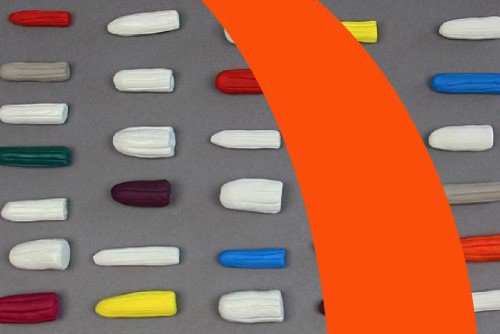
Throughout history, our attitudes to menstruation have been shaped by cultural, medical, and media representations. These contribute to the stigmatisation of menstruation, period poverty and harmful practices and restrictions that impact on the everyday lives of people who menstruate. Through their work in the UK and Nepal, this exhibit invites visitors to challenge preconceptions and misconceptions about periods. Explore and reflect on historical and contemporary ideas about periods, make your own activist badge and challenge age-old negative associations.
How cultural attitudes to menstruation have finally started to shift
Dr Kay Standing, Liverpool John Moores University
Research award: BA/Leverhulme Small Research Grant 2016, with funding from the Department for Business, Energy and Industrial Strategy (BEIS).
What prevents people from accessing energy in cities in Mozambique?
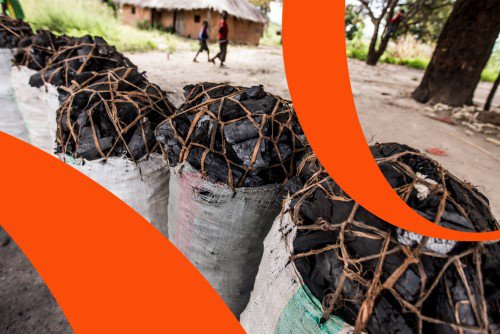
Mozambique is rich in natural resources, with an abundance of fossil fuels and renewable energy sources. Yet supplies are often unreliable or insufficient, with most city dwellers having to combine fuels in ways that fit the local architecture and infrastructure. With a focus on Maputo, this exhibit offers an insight into what energy sources and appliances people are using to cook, light their homes and charge their phones. Through an installation and soundscape, experience everyday life in a Maputo home and find out more about the obstacles to energy access.
Delivering sustainable energy in urban Mozambique